THE “W” WORD
Onward!
I don’t want to sound like a scolding parent, but have you been paying attention to your garden? Late summer weather may not inspire any more gardening activity than reaching — among the weeds, perhaps? — for a juicy tomato. But onward: There is work to be done!
About those weeds. Wait! Don’t close your eyes and stop reading (like a reprimanded child) just because I mentioned weeds. Please hear me out.
Weeds, left now to their own devices, are going to become worse troublemakers later. Annual weeds like lamb’s-quarters and purslane are dropping their seeds, sowing them for next spring. You presumably killed all perennial weeds with this season’s enthusiastic beginnings, but the roots of young perennial weeds are trying to find a home. Autumn’s cool, moist weather is just what horse nettle, bindweed, yellow and creeping woodsorrel, and other perennial weeds need to become firmly entrenched in your garden. Read more

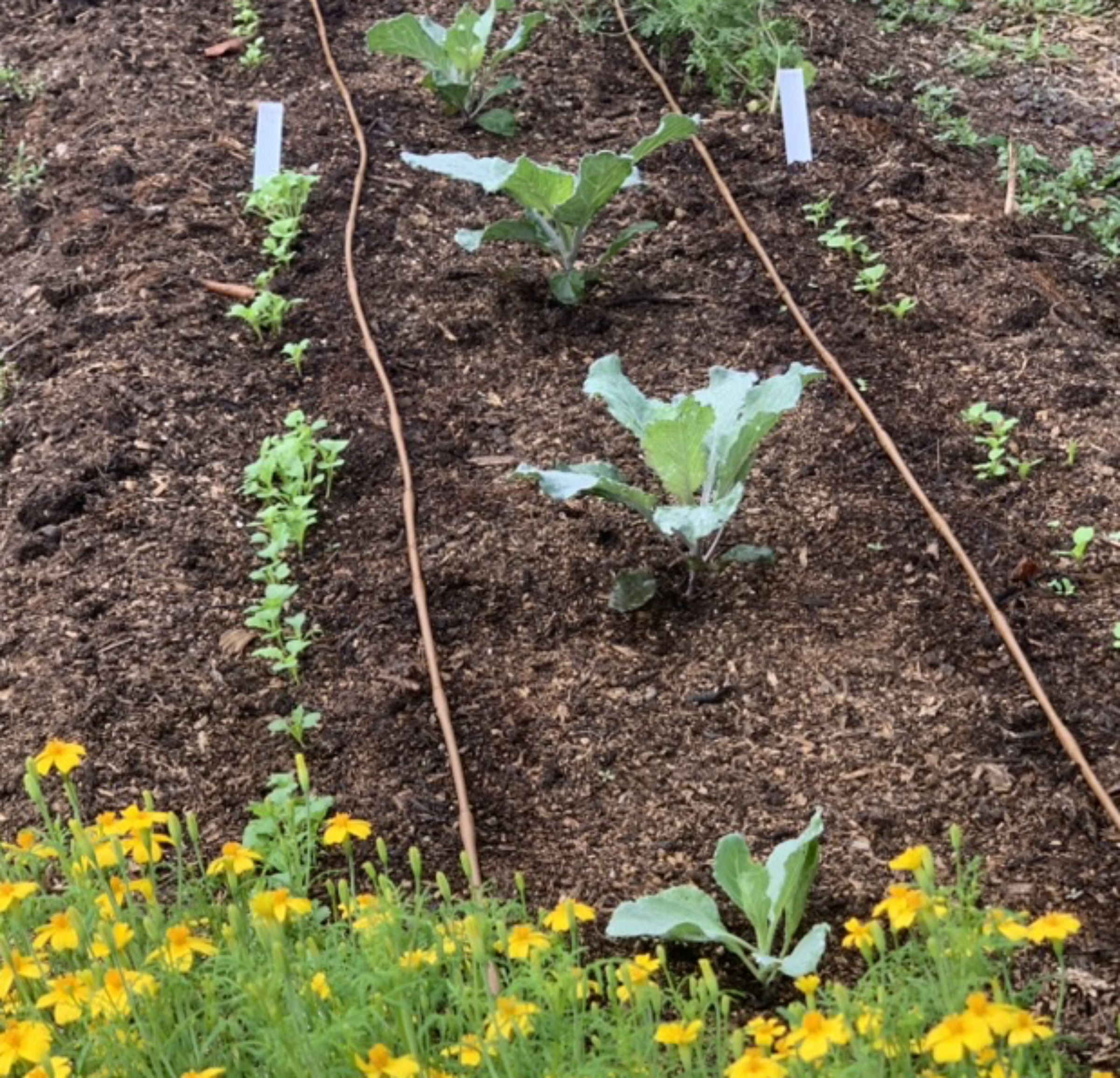
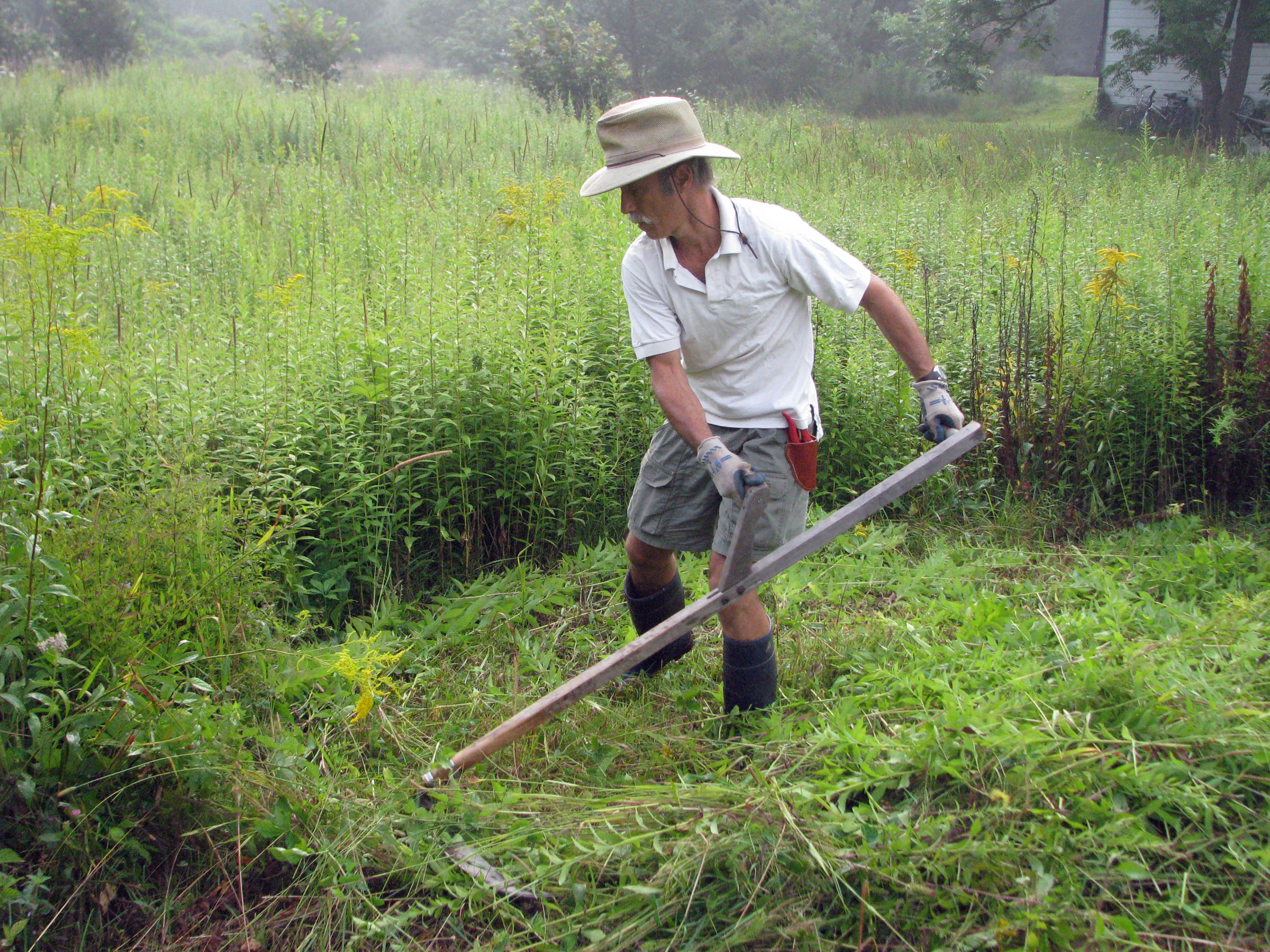
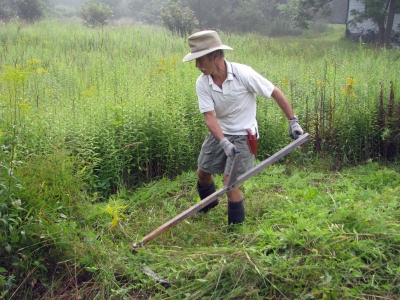
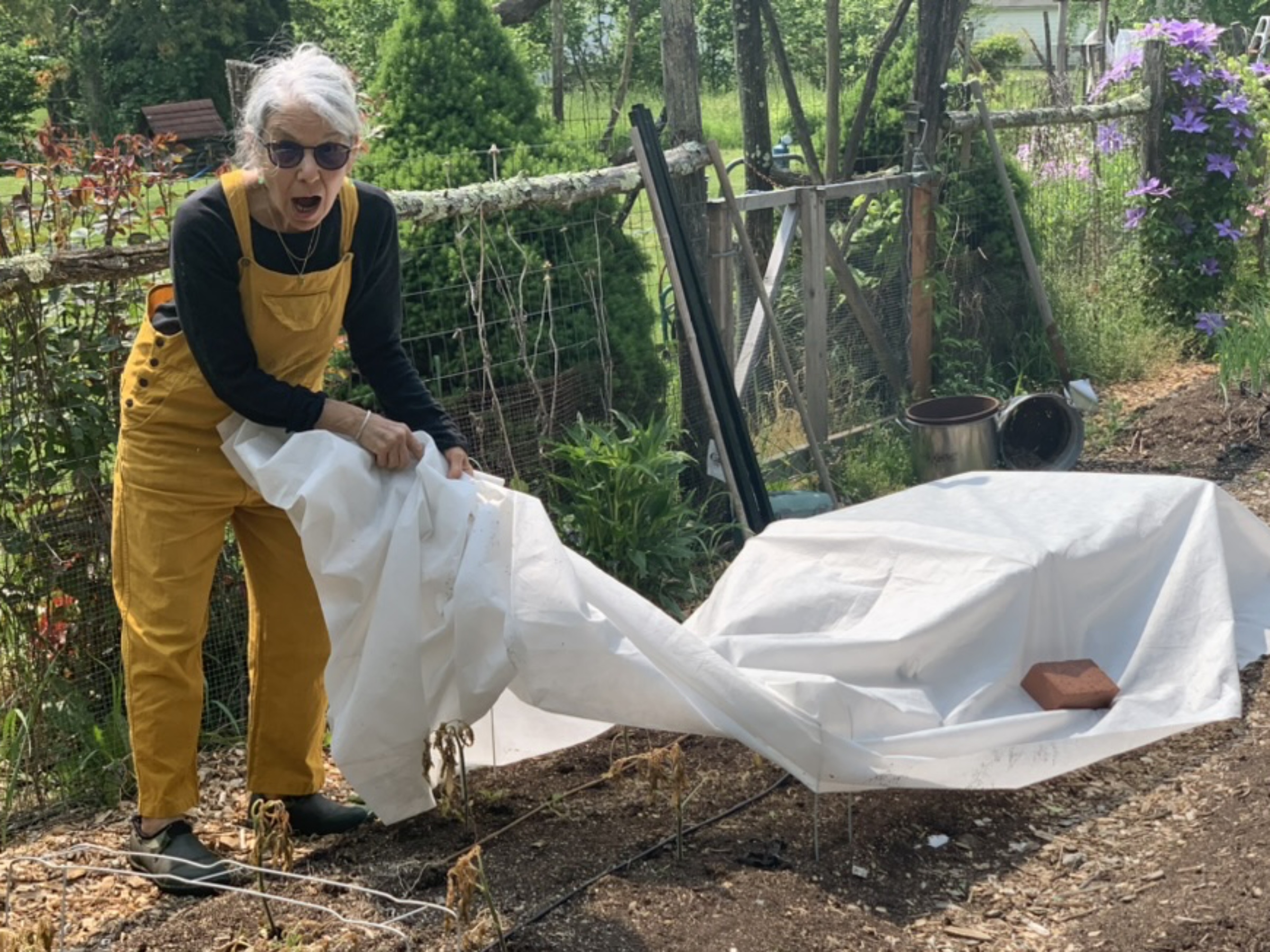
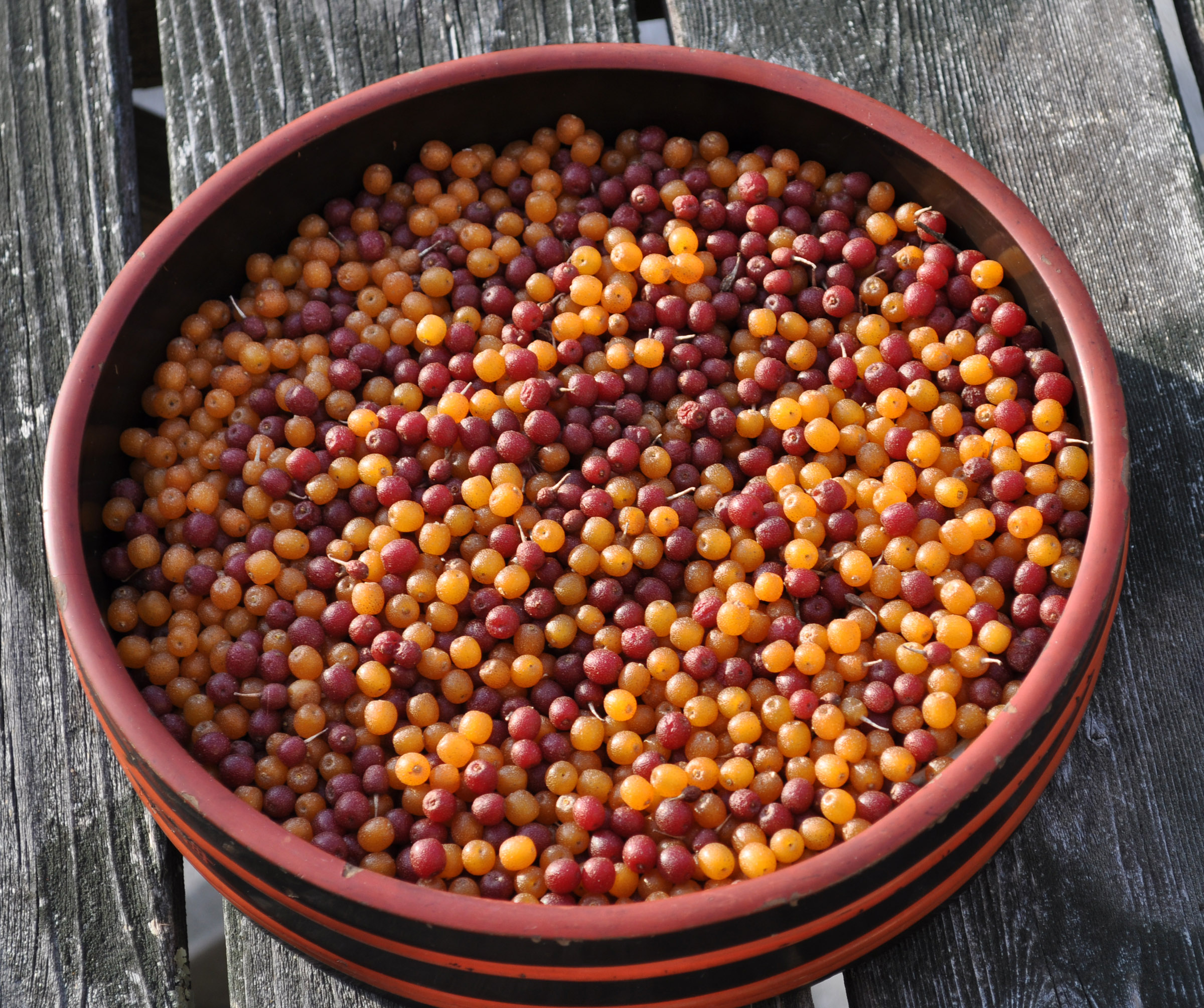
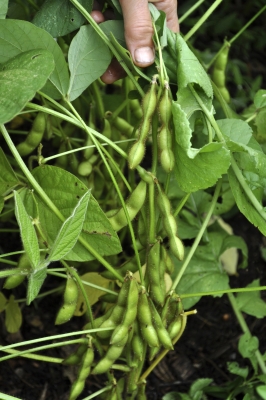
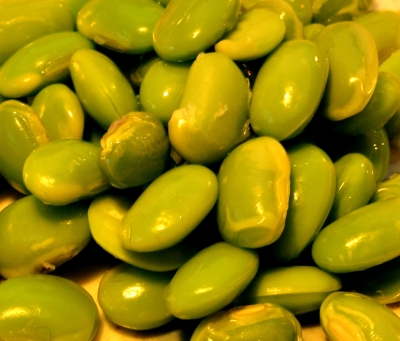
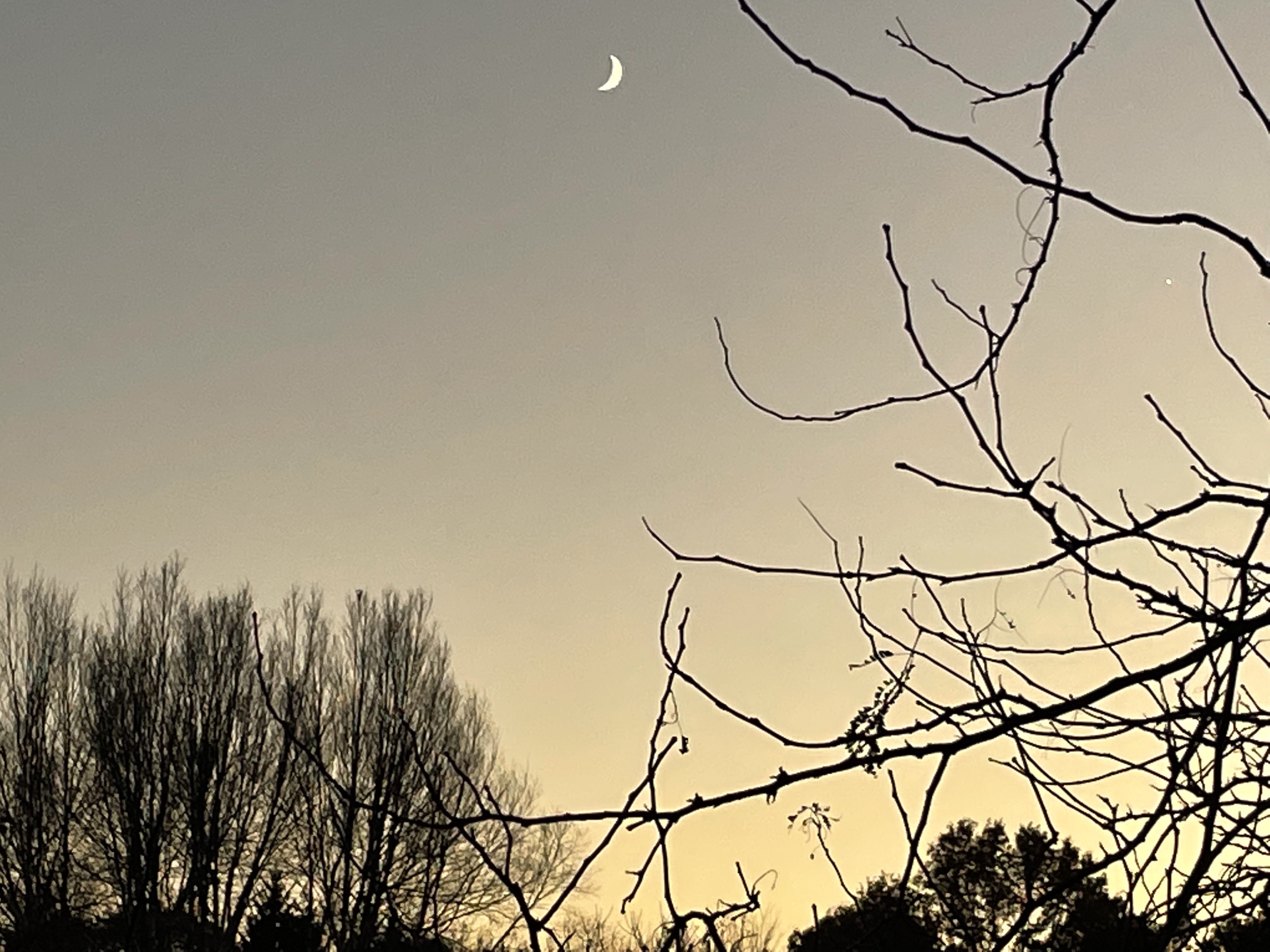
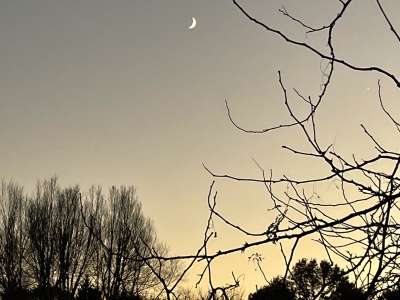
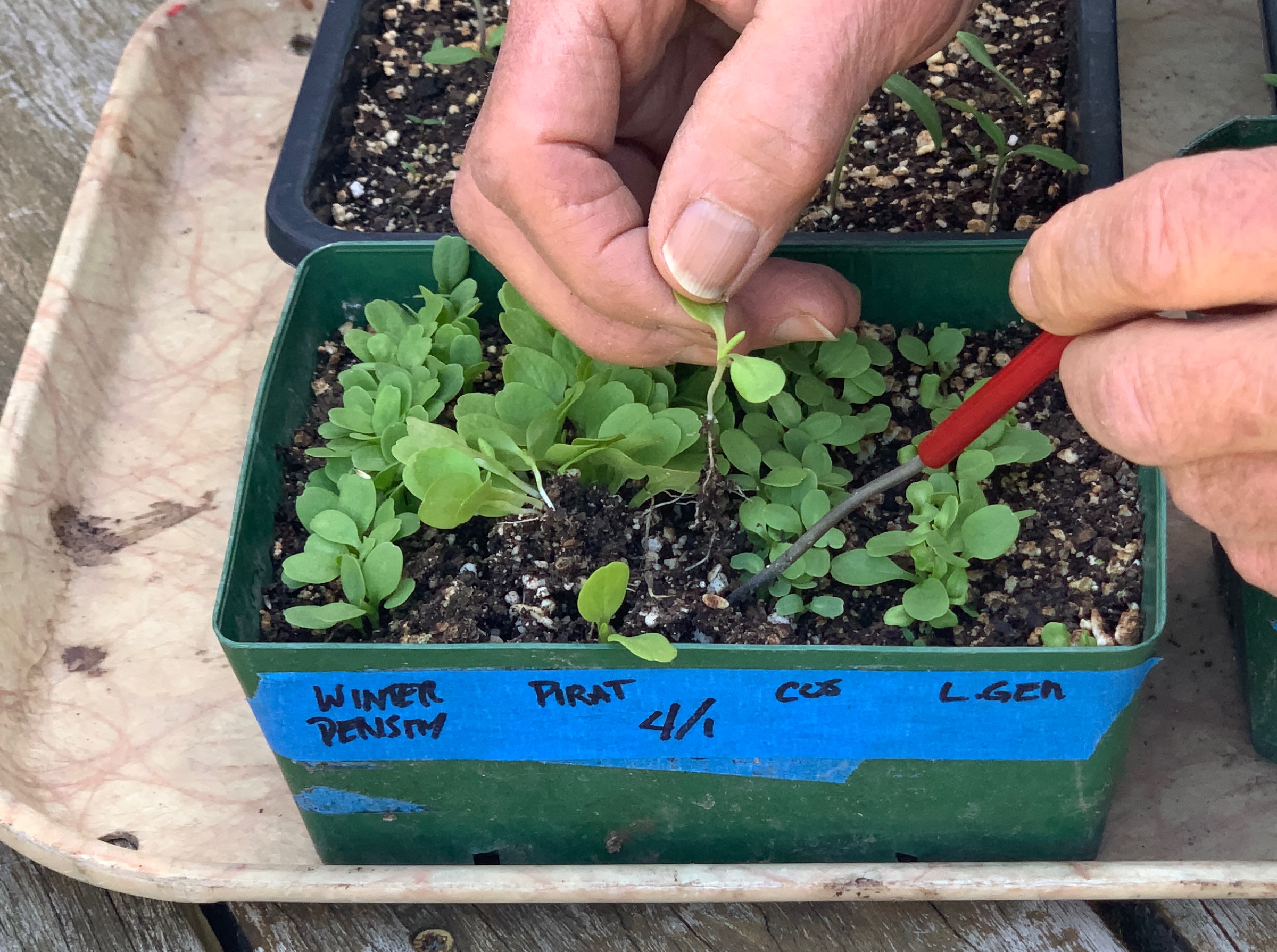
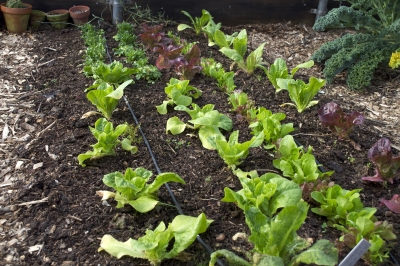
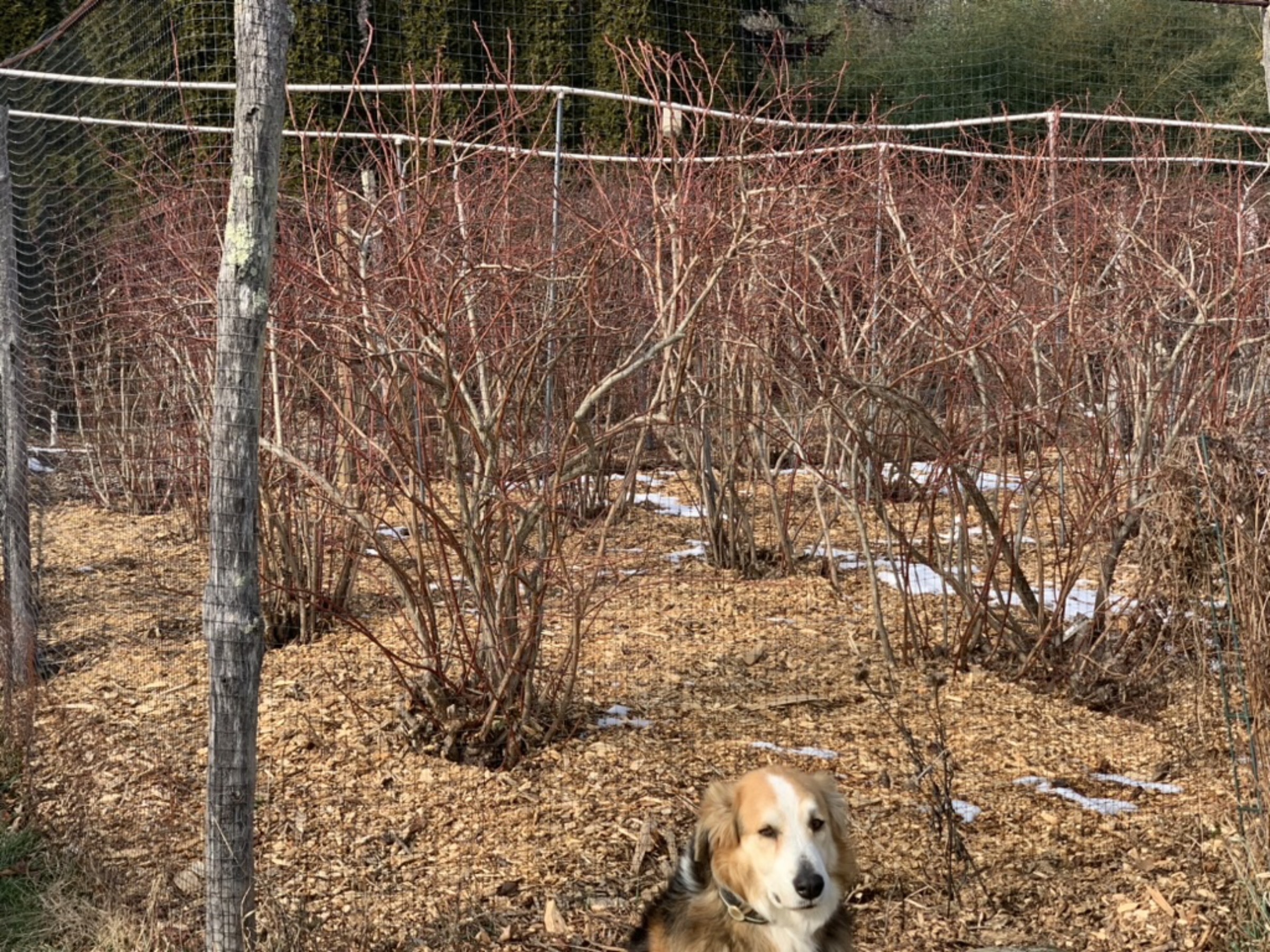
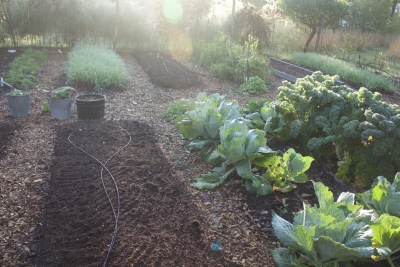

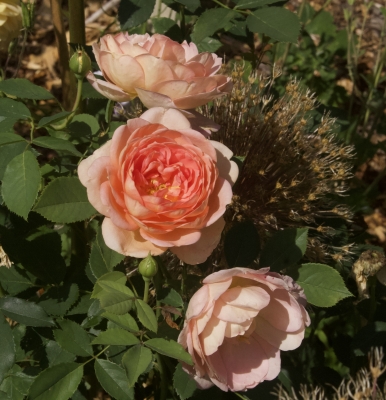

 I could of course be careful to avoid leaf spotting by not spilling any water, especially cold water, on the leaves. Watering from below would do the trick, with periodic leaching from above to prevent buildup of salts. They also like high humidity.
I could of course be careful to avoid leaf spotting by not spilling any water, especially cold water, on the leaves. Watering from below would do the trick, with periodic leaching from above to prevent buildup of salts. They also like high humidity.


